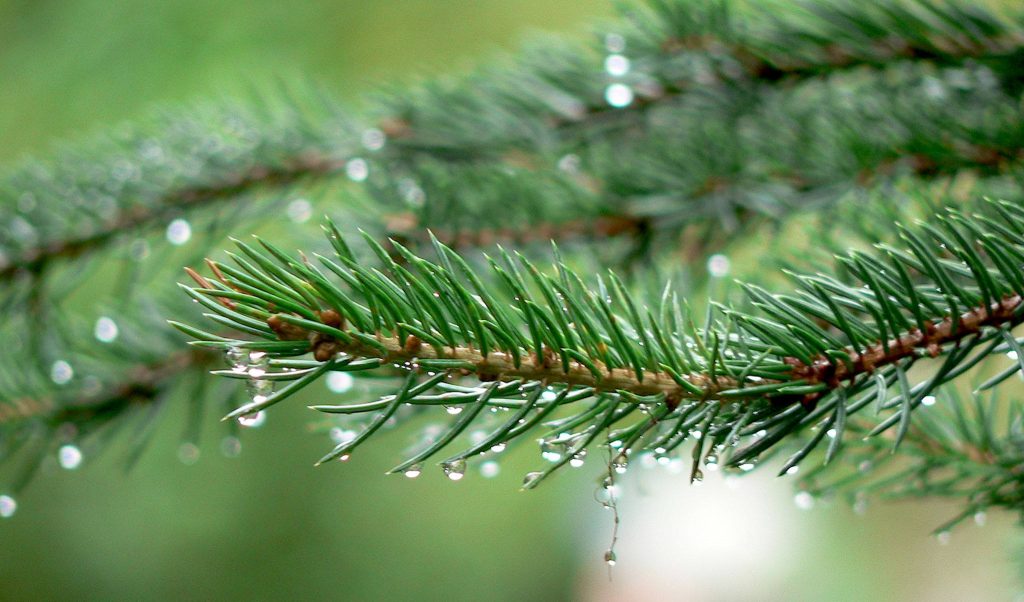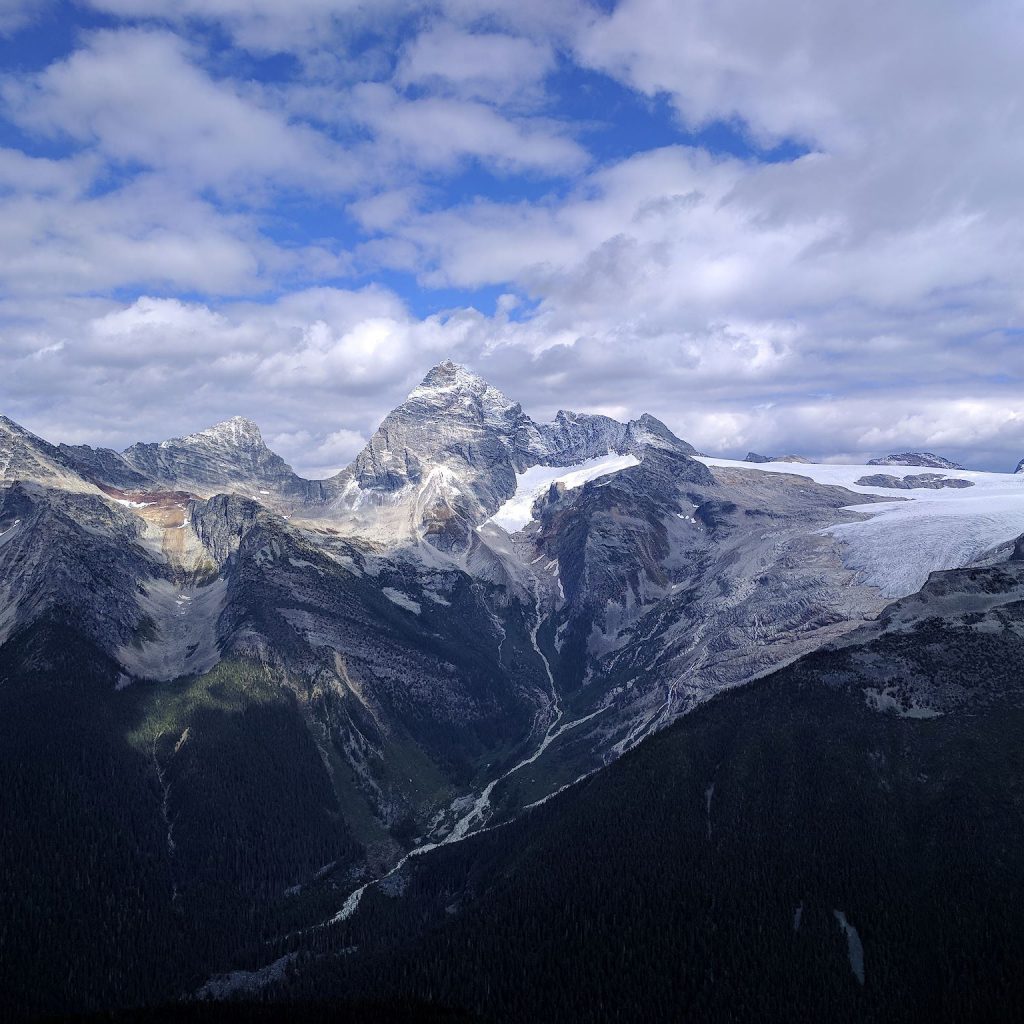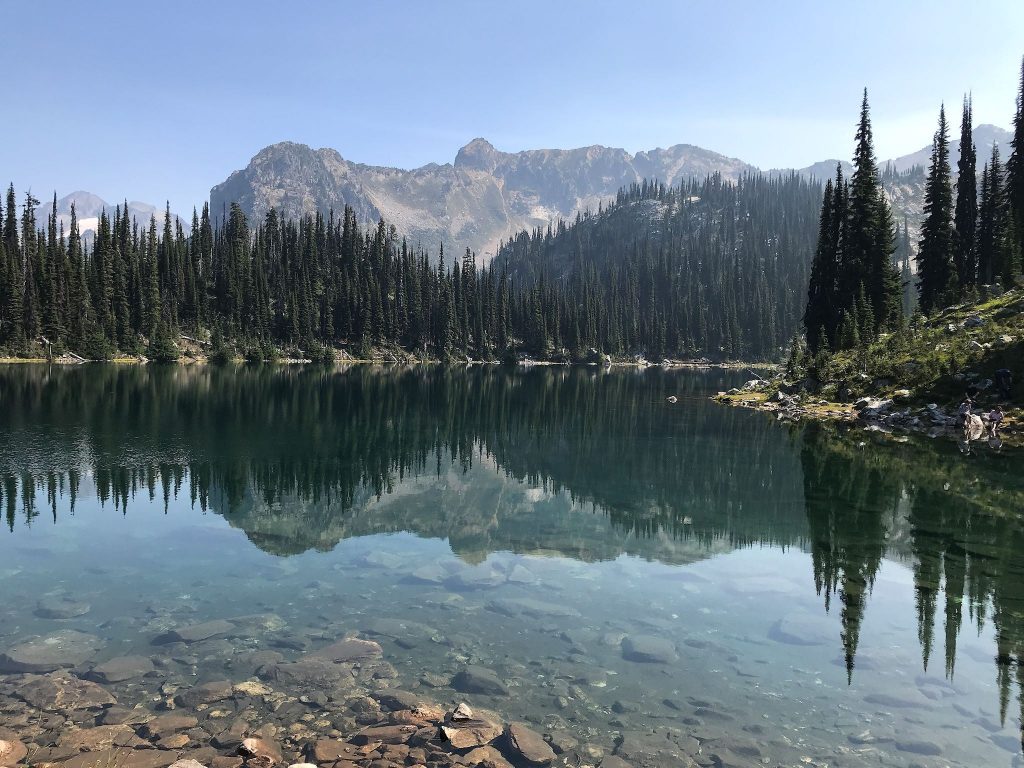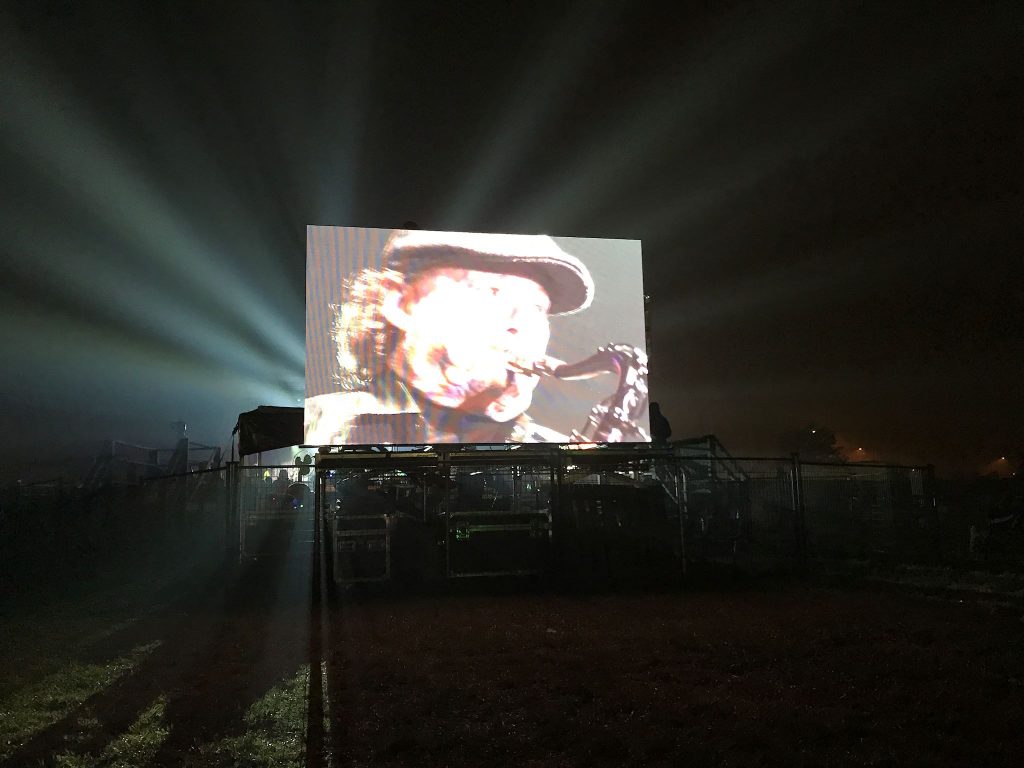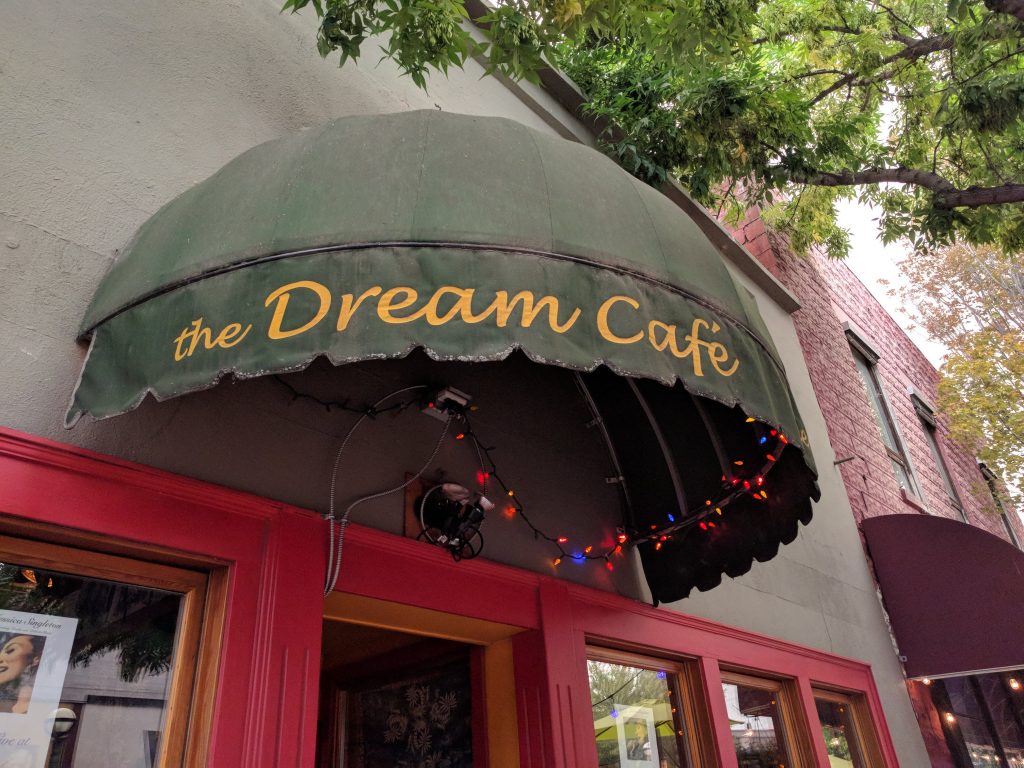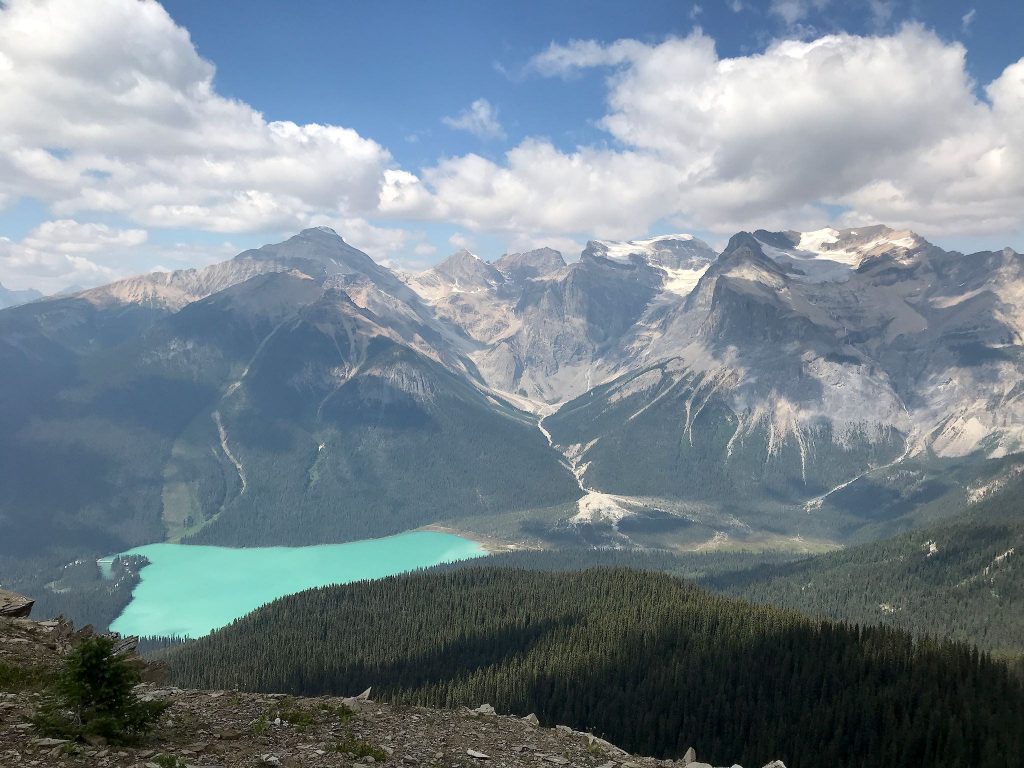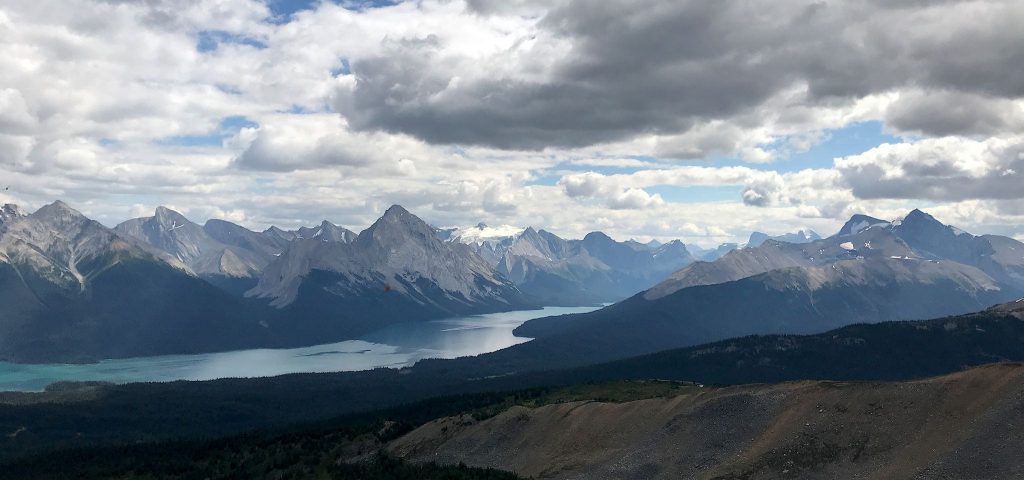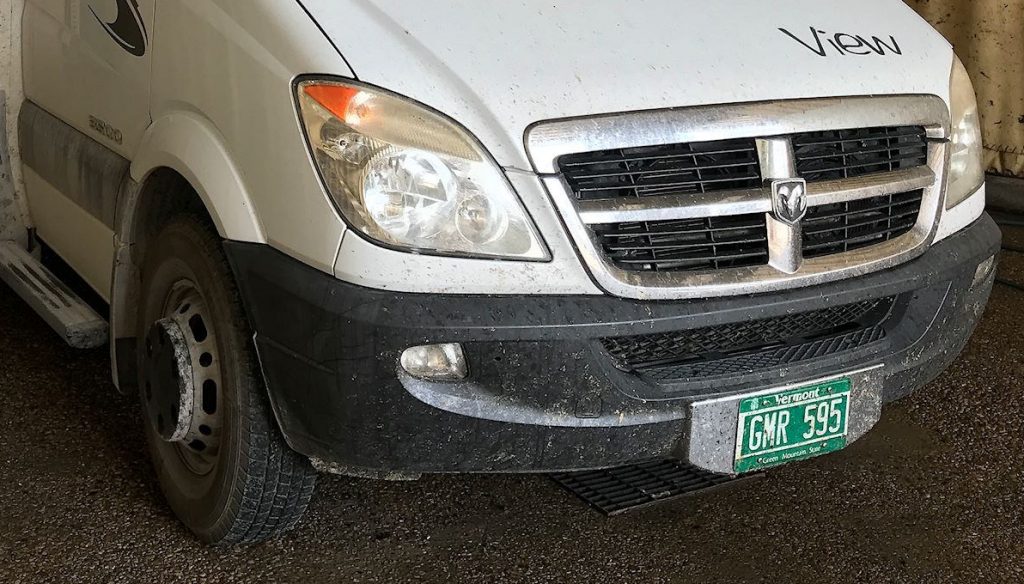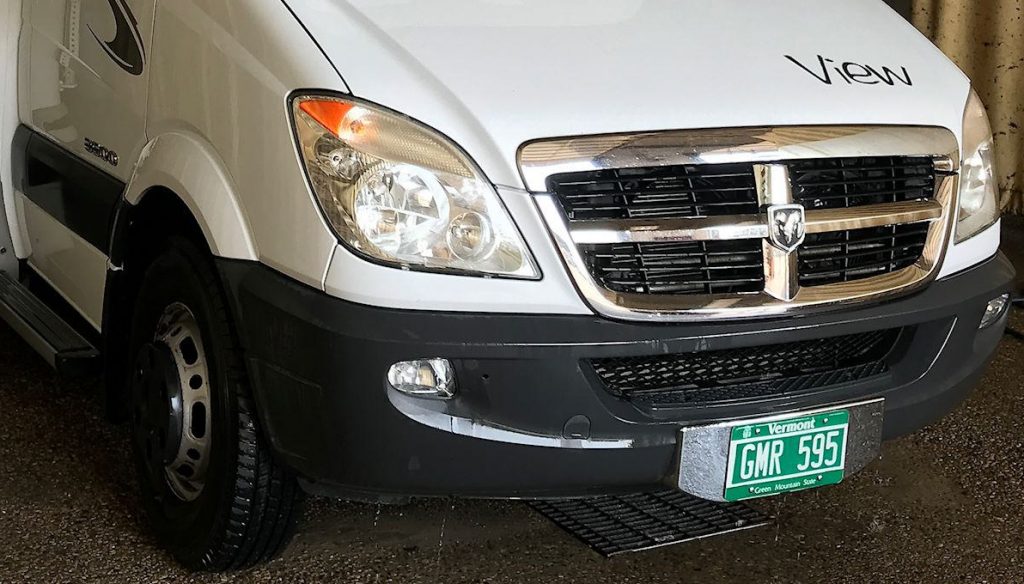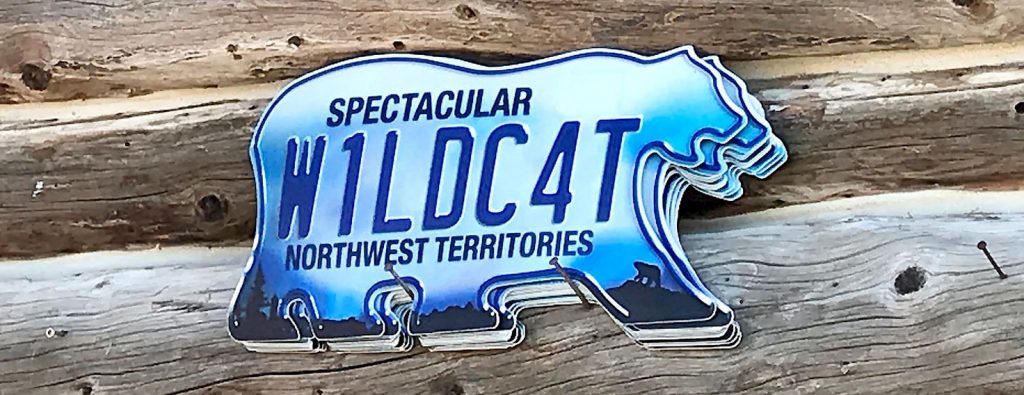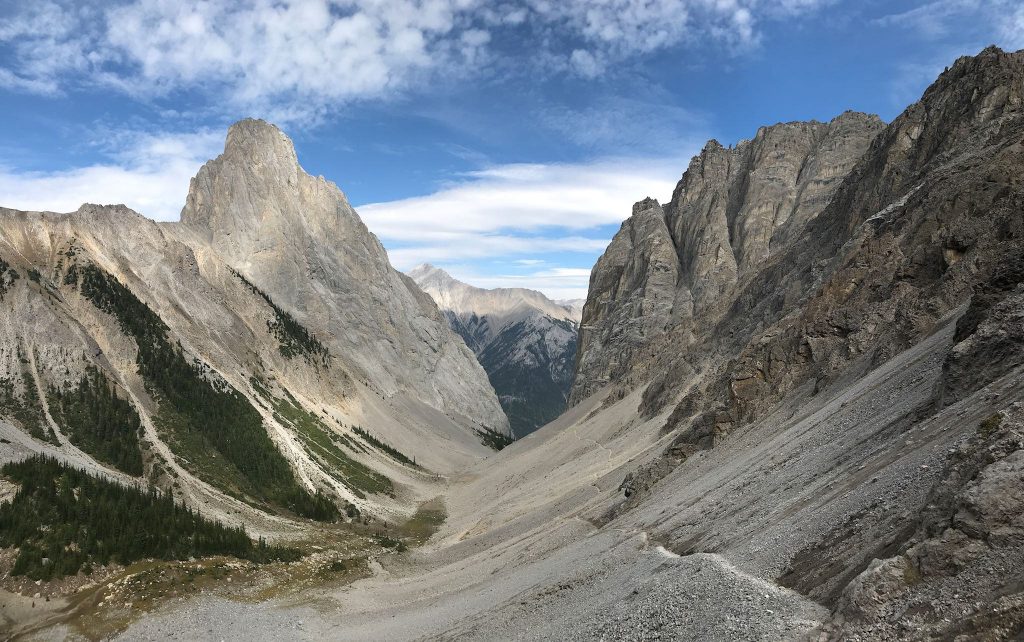
Banff National Park, established in 1885, is Canada’s oldest national park. Like the other parks in the area, the westward expansion of the Canadian Pacific Railway played a major role in Banff’s discovery and introduction to the world. The CPR built the historic Banff Springs Hotel (1888) and Chateau Lake Louise (1911) to entice wealthy patrons aboard their trains for vacations in the Rockies. Both of these luxury hotels (with many renovations), and the resort towns of Banff and Lake Louise that grew around them, continue to draw tourists from around the world in the 21st century.
Banff is not the largest park in the Canadian Rockies – that honor belongs to Jasper. However, it’s the most popular of the parks, and with good reason. Even more so than the other parks, the largest and most spectacular mountains are right there in your face, and for non-hikers there’s a range of other activities in the 2 towns. For us, the quantity and variety of day hikes we could choose from really made us smile – and the number of squeals per hike so far, in the southern part of the park nearest the town of Banff, forced us to extend our stay. So, here’s part 1…

